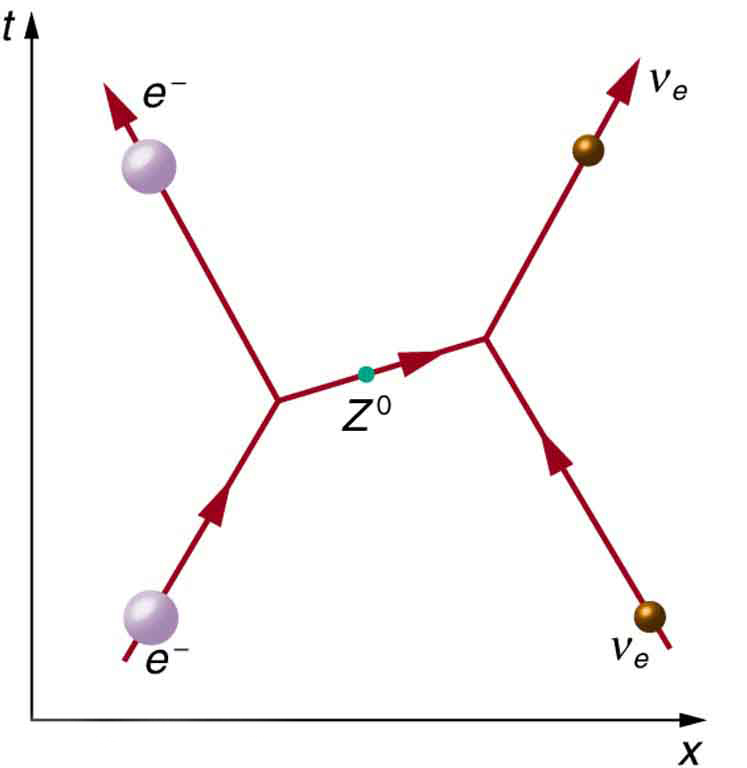| << Chapter < Page | Chapter >> Page > |
By the end of this section, you will be able to:
Present quests to show that the four basic forces are different manifestations of a single unified force follow a long tradition. In the 19th century, the distinct electric and magnetic forces were shown to be intimately connected and are now collectively called the electromagnetic force. More recently, the weak nuclear force has been shown to be connected to the electromagnetic force in a manner suggesting that a theory may be constructed in which all four forces are unified. Certainly, there are similarities in how forces are transmitted by the exchange of carrier particles, and the carrier particles themselves (the gauge bosons in [link] ) are also similar in important ways. The analogy to the unification of electric and magnetic forces is quite good—the four forces are distinct under normal circumstances, but there are hints of connections even on the atomic scale, and there may be conditions under which the forces are intimately related and even indistinguishable. The search for a correct theory linking the forces, called the Grand Unified Theory (GUT) , is explored in this section in the realm of particle physics. Frontiers of Physics expands the story in making a connection with cosmology, on the opposite end of the distance scale.
[link] is a Feynman diagram showing how the weak nuclear force is transmitted by the carrier particle , similar to the diagrams in [link] and [link] for the electromagnetic and strong nuclear forces. In the 1960s, a gauge theory, called electroweak theory , was developed by Steven Weinberg, Sheldon Glashow, and Abdus Salam and proposed that the electromagnetic and weak forces are identical at sufficiently high energies. One of its predictions, in addition to describing both electromagnetic and weak force phenomena, was the existence of the , and carrier particles. Not only were three particles having spin 1 predicted, the mass of the and was predicted to be , and that of the was predicted to be . (Their masses had to be about 1000 times that of the pion, or about , since the range of the weak force is about 1000 times less than the strong force carried by virtual pions.) In 1983, these carrier particles were observed at CERN with the predicted characteristics, including masses having the predicted values as seen in [link] . This was another triumph of particle theory and experimental effort, resulting in the 1984 Nobel Prize to the experiment's group leaders Carlo Rubbia and Simon van der Meer. Theorists Weinberg, Glashow, and Salam had already been honored with the 1979 Nobel Prize for other aspects of electroweak theory.


Notification Switch
Would you like to follow the 'College physics for ap® courses' conversation and receive update notifications?